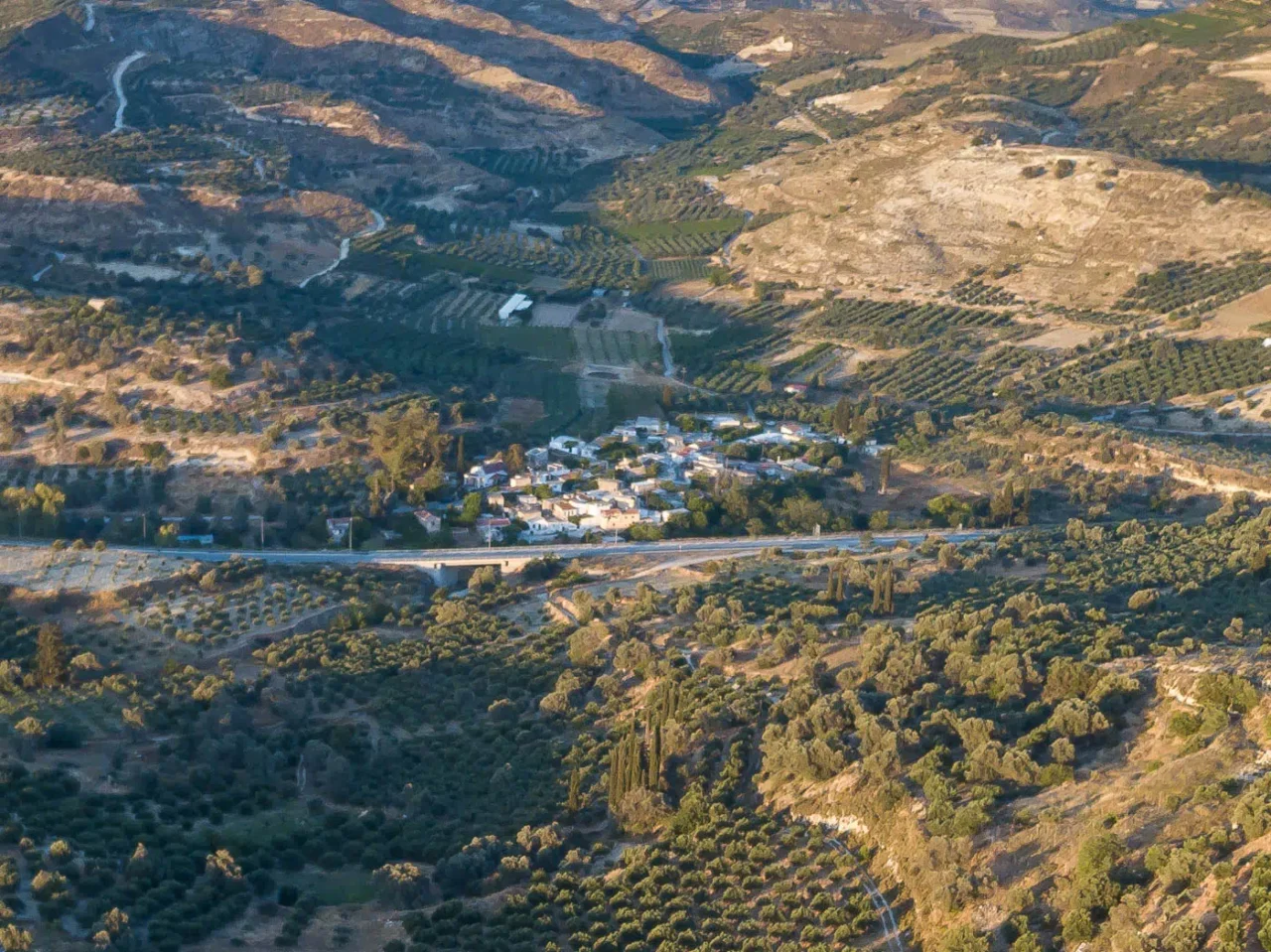
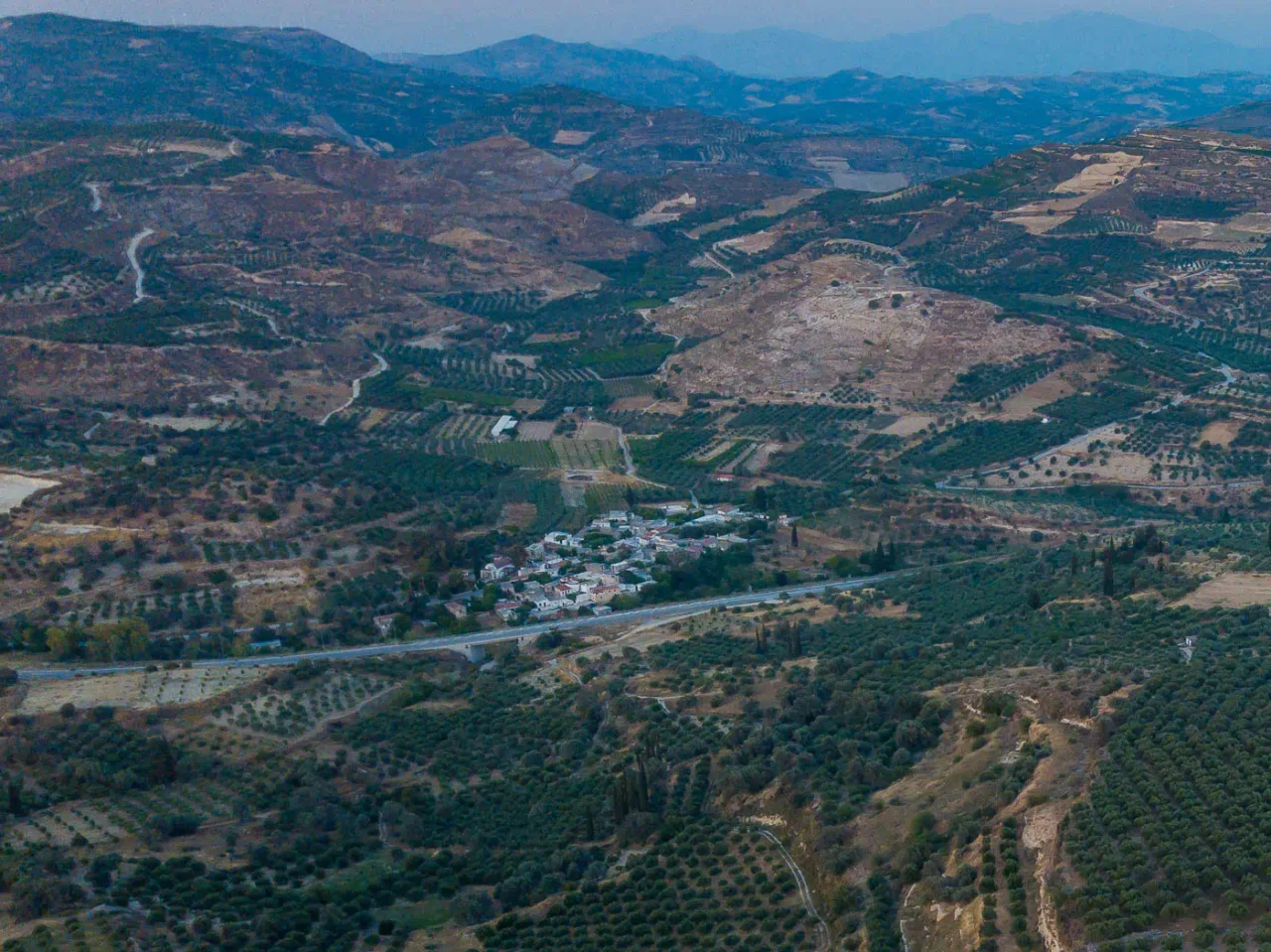
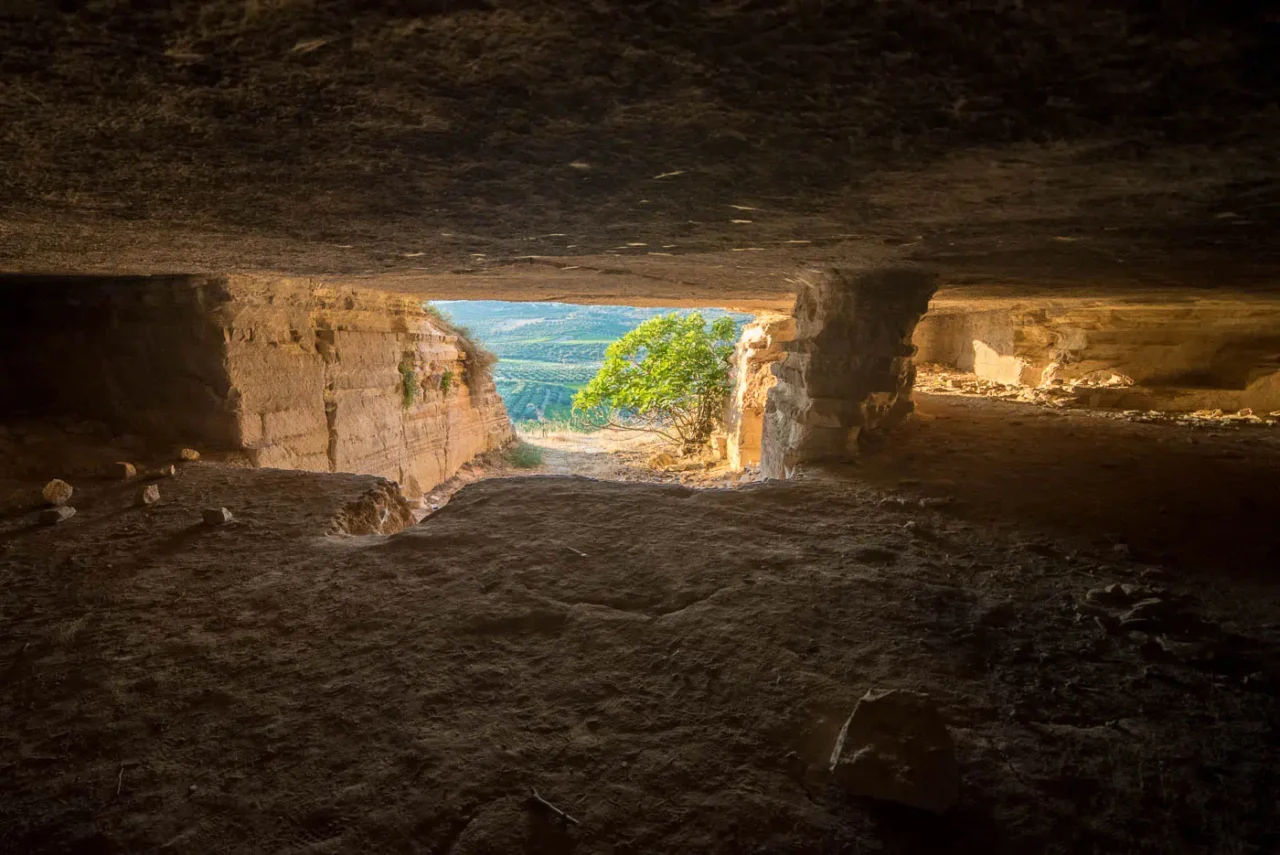
Plouti is a small village in the Municipality of Phaistos, located between Ambelouzos and Moroni, adjacent to the new national road connecting Heraklion and Messara.
Historical References
The historical tapestry of Plouti is woven with threads that stretch back to the Venetian era, a time when Crete was under the dominion of the Venetian Republic. Records from this period, specifically the Venetian census of 1583, provide the earliest concrete evidence of Plouti’s existence. The village was then known as “Pluti” and boasted a population of 146 inhabitants, indicating a thriving community amidst the fertile Messara Plain.
Further delving into the village’s past reveals an intriguing connection to the Latin Patriarch of Constantinople. In 1332, Plouti was recorded as a fief, or landholding, under the control of this religious authority. This suggests that Plouti held some level of economic or strategic importance during the Venetian era, potentially serving as a source of agricultural produce or a strategic outpost in the region.
The village’s name, “Plouti,” also offers a glimpse into its possible origins. While its exact etymology remains uncertain, some scholars speculate that it might be derived from the Greek word “ploutos,” meaning “wealth” or “abundance.” This could allude to the fertile lands surrounding the village, which have historically supported agricultural activities and contributed to the prosperity of its inhabitants.
Nearby, on a small hill between Plouti and Moroni, lies the Small Labyrinth Cave, also known as the Labyrinthaki Cave. This ancient quarry, spanning approximately 300 square meters, played a vital role in the construction of significant Minoan and Roman structures in the region. While modest in size compared to its larger counterpart, the Labyrinth Cave, the Small Labyrinth Cave boasts a network of labyrinthine passages and numerous supporting columns. Local legends whisper of secret passages connecting the two caves, adding an air of mystery to this historical site.
Location & Dimensions
Plouti occupies a serene position nestled between the villages of Ambelouzos and Moroni, with the new national road connecting Heraklion and Messara passing nearby. The village is approximately 50 kilometers from Heraklion. This strategic location places the village at the intersection of the fertile Messara Plain and the foothills of the majestic Psiloritis mountain range, offering a diverse landscape that encompasses both agricultural plains and scenic mountain vistas.
The village itself is situated at an altitude of 320 meters above sea level, providing a pleasant climate with warm summers and mild winters. This elevation also offers panoramic views of the surrounding countryside, allowing residents and visitors to appreciate the natural beauty of the region. The surrounding agricultural lands, primarily dedicated to olive groves and vineyards, provide a sense of openness and connection to the natural environment. The village’s compact size and traditional architecture further enhance its charm, offering a glimpse into the authentic character of rural Crete.
Population Data Over the Years
The Venetian census of 1583 recorded a population of 146 inhabitants, indicating a relatively sizable community for that era. However, due to a lack of subsequent historical records, it is challenging to trace the village’s population trajectory through the Ottoman period and into the modern era. The 2001 census recorded a population of 74, suggesting a significant decline compared to its Venetian-era peak. This decrease could be attributed to various factors, including rural-to-urban migration, economic changes, and natural disasters.
Historical Significance
The village’s connection to the Latin Patriarch of Constantinople during the Venetian period highlights its potential role in the complex political and religious landscape of that time. As a fief, Plouti might have been involved in the intricate web of feudal relationships that characterized medieval Crete, contributing to the island’s economic and social fabric.
Furthermore, Plouti’s location in the heart of the Messara Plain, a region known for its archaeological richness and historical significance, suggests that the village might have witnessed and participated in the broader historical events that unfolded in the area. The proximity to ancient sites such as Phaistos and Gortyn offers tantalizing possibilities for further exploration and discovery of Plouti’s historical connections.
Current Status
Today, Plouti remains a small, close-knit community with an estimated population of around 72 residents. The village retains its traditional character, with many well-preserved stone houses and charming alleyways that evoke a sense of timeless charm. The primary economic activities in Plouti revolve around agriculture, particularly olive cultivation and viticulture. The fertile soils and favorable climate of the Messara Plain provide ideal conditions for these crops, contributing to the village’s livelihood and cultural identity.
Despite its small size, Plouti is actively engaged in preserving its heritage and promoting sustainable development. The village’s focus on organic farming practices highlights its commitment to environmental stewardship and the production of high-quality agricultural products. Plouti’s strong sense of community and its dedication to its traditions ensure that it remains a vibrant and integral part of the Cretan landscape.
Village Key Points
- Historical References: Plouti was a fief of the Latin Patriarch of Constantinople in 1332 and is mentioned in Venetian records dating back to the 16th century.
- Location: Situated between Ambelouzos and Moroni, near the Heraklion-Messara national road.
- Historical Significance: Plouti’s historical significance lies in its past as a fief during the Venetian period.
- Population data over the years: The population in 2001 was 74.
- Current Status: The village is known for its traditional architecture and its residents are primarily engaged in olive cultivation and viticulture.
Access
Plouti is 5.9 kilometers away from the town Zaros and 3.7 kilometers away from Agioi Deka













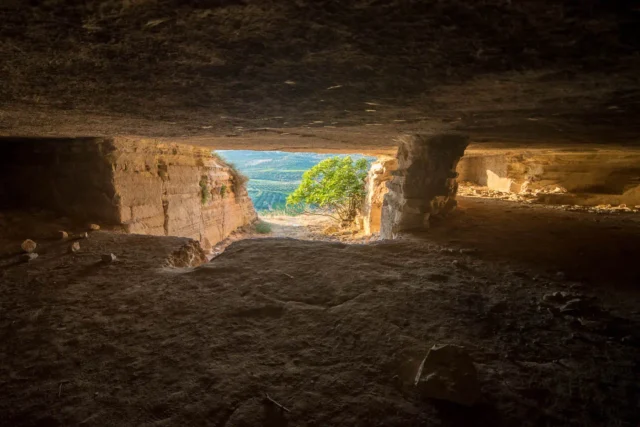

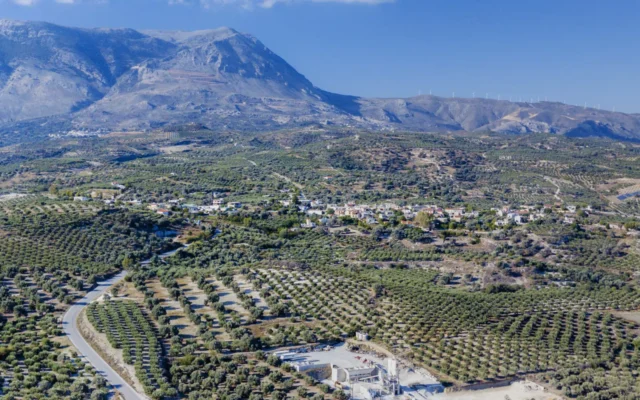
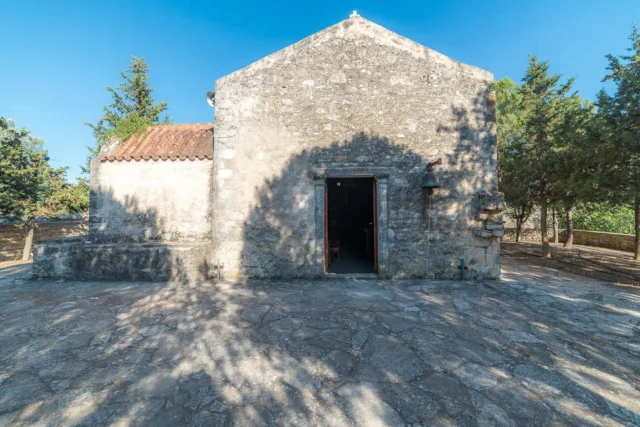


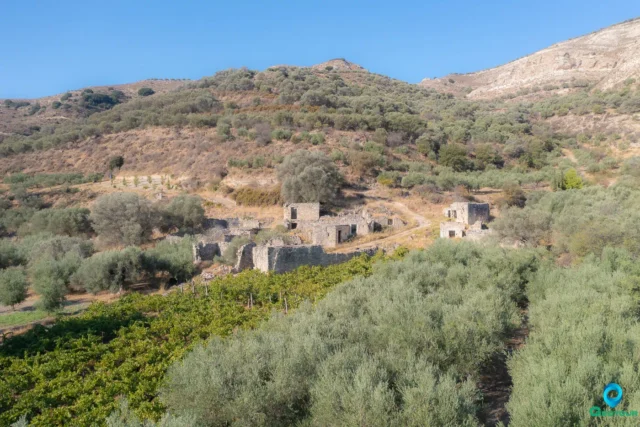



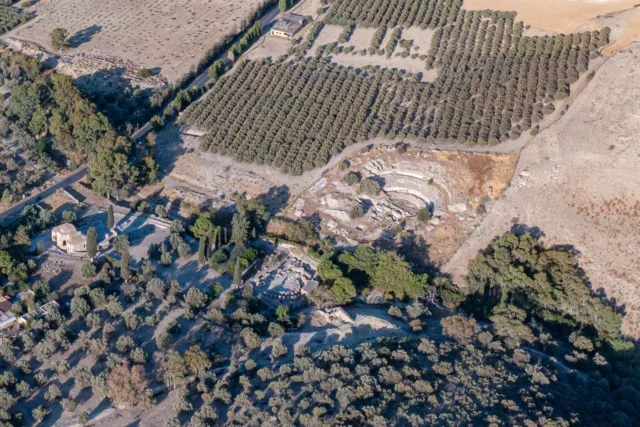
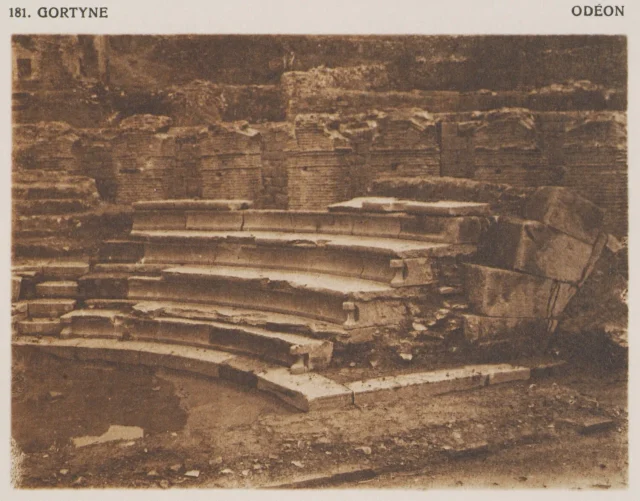
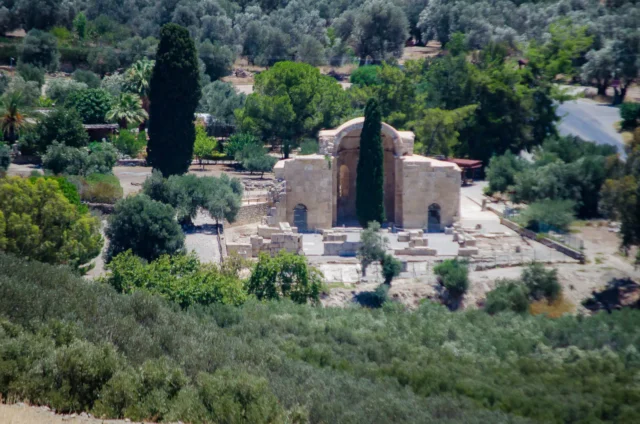

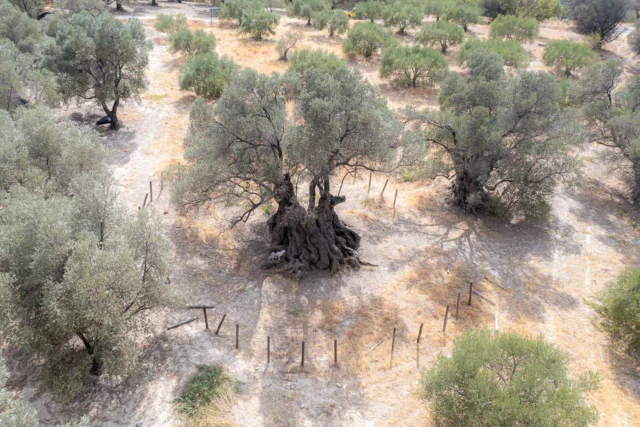
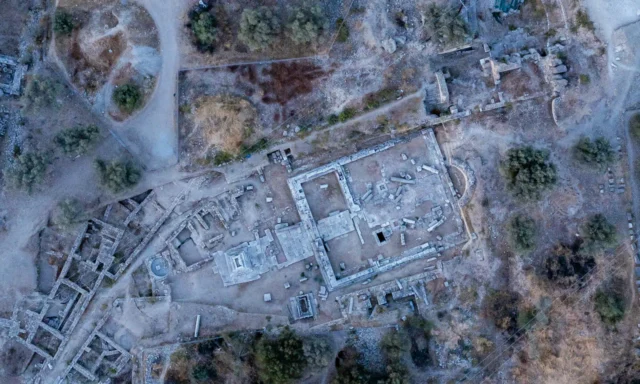

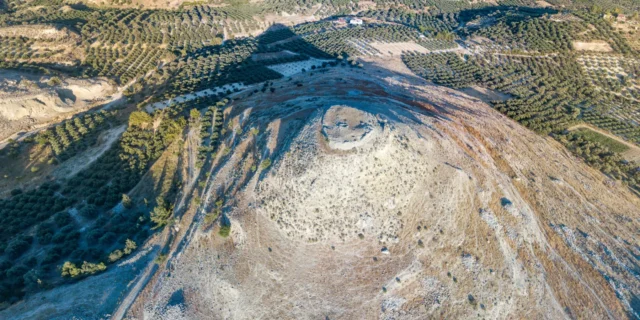
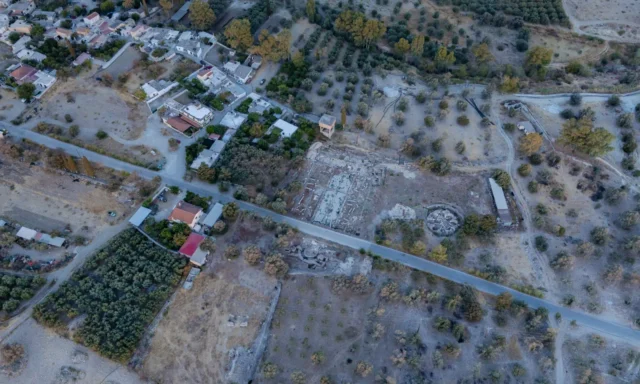
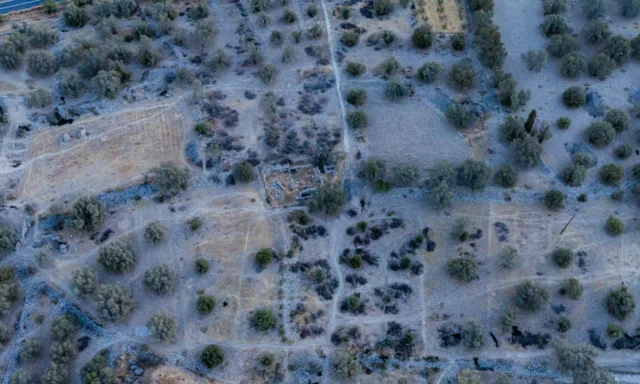
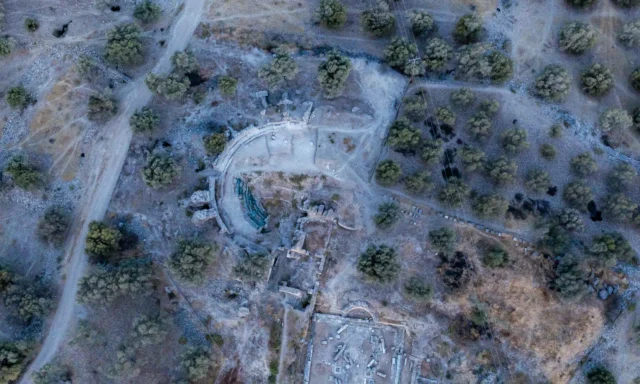
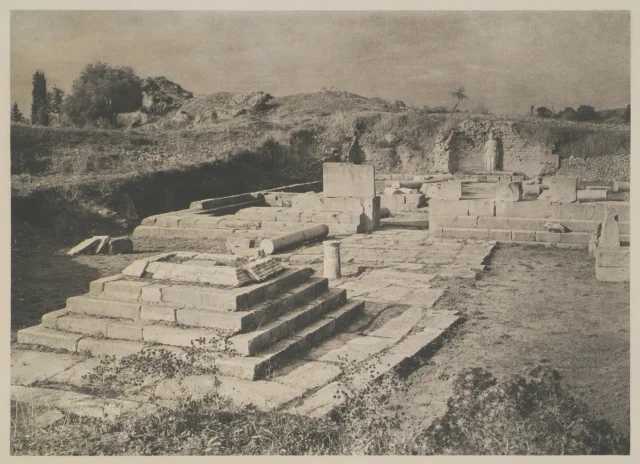
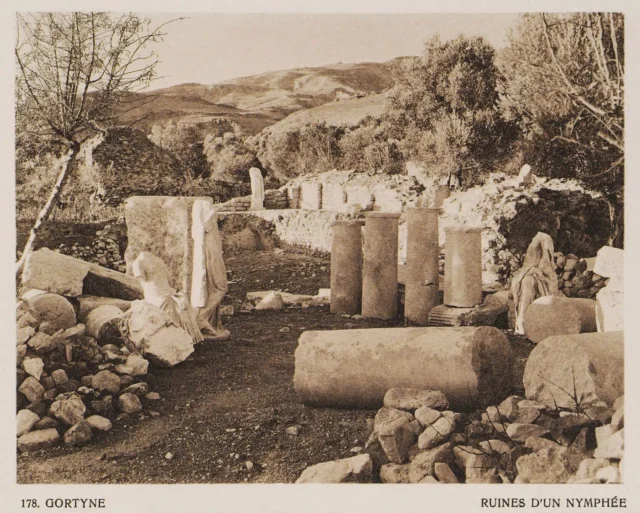

There are no comments yet.